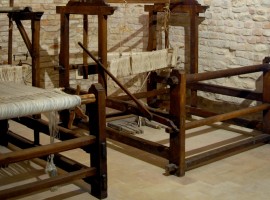
The Demo Etno Anthropological Museum called “WATER, LAND, THE CANVAS” is housed in the basement of the town hall. The rooms offer a striking architecture, with sometimes real, arches, an old water well and, in the basement, a small labyrinth of caves with intersections of tunnels in time. Objects and tools deposited in perfect condition and restored, are illustrated by descriptive panels in didactic: the blades of a windmill, the frames, the…
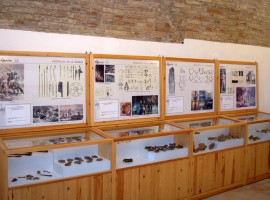
The Archaeological Museum is also located in the historic town hall, collects archaeological finds from the area since the Neolithic period up to the early Christian: fragments of pottery and flint objects from the Neolithic period, necklace beads and spearheads the period Piceno, epigraphs marble of the Roman and early Christian, bronze coins etc.
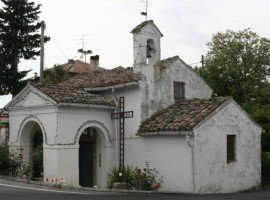
The Church of Santa Maria delle Grazie is a tiny rural church. Opened in 1850 thanks to the donation of the faithful, it has a simple, but well-structured, characterized by a graceful bell tower and the white plaster layer that covers it.
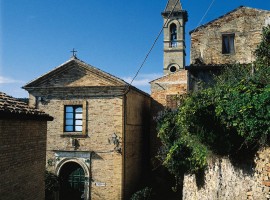
The church of SS. Annunziata was built in 1512 next to that of S. Rocco and was reduced proportions corresponding to the current presbytery. In 1522 it was founded the Brotherhood of S.S. Rosario Gianfranco Warriors (1589 – 1653) of Fossombrone (PS) realized for the church an altarpiece depicting the Madonna and on board of S. Giustina with the fifteen Mysteries of the Rosary. In August 1833 the church was equipped with…
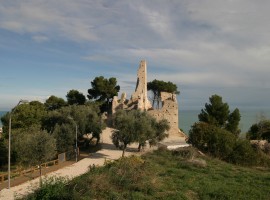
To the south, outside the walls of the old high of Cupra Marittima, there are the medieval walls of St. Andrew, the castle of warning and defense dating from the thirteenth century. The fort has a rectangular base and shall be read today only the ruins of the outer walls and the high main tower. In summer 2003 the Castle of St. Andrew has been restored and turned into a spectacular open-air…
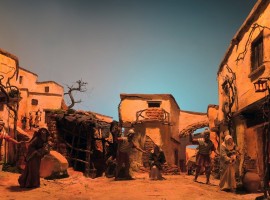
The Nativity poliscenico permanent consists of 19 scenes about some of the highlights of the life of Jesus Christ. The work was dedicated to the late Paul presepista Fontana (1949 – 1985) the project promoter. The statues of 20 cm and made of their description, are modeled in clay by Spanish artists of international fame in Italy in a few cribs. Most of the plants come also from Spain and are made…
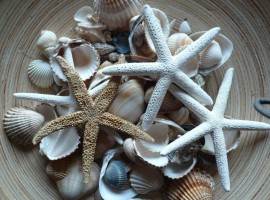
The museum was founded in 1977 in Cupra Marittima by the need to expose to the public the substantial collection of shells Titian and Vincenzo Cossignani. He took his first steps with temporary seats and with the organization of exhibitions in various cities of Italy and with the establishment of an educational museum at the elementary schools of Cupra Marittima. Since 1988, the museum is its permanent location in Via Adriatica Nord,…
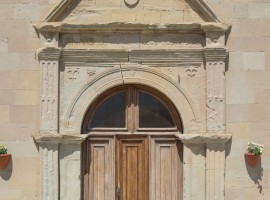
There are no records of the birth of the Church of San Benedetto but you know for sure that underwent a restoration in 1546 by the work of William Lombardo, as reported by etching the pointed portal in tufa stone. A tower of the walls of Montemonaco was incorporated into the church and used as a tower where are located 3 bells. The interior has three naves with cross vaults resting on…
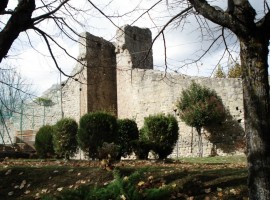
The castle was built as a fortification system to defend the settlement inhabited. Montemonaco has historically been a crossroads of ancient routes between Marche and Umbria and domination was disputed between the two countries for a long time while remaining almost always independent. He was born between the ninth and tenth century as a garrison and Benedictine in later centuries the need to protect the town. The protection system built since the…
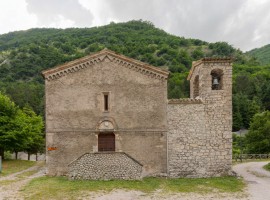
Two ancient churches that rose in Foce di Montemonaco, now remains only one of San Bartolomeo perhaps built on the ruins of an ancient hermitage or abbey and was restored by Don Basilio Brunori, pastor and fighter of the century, fell in the Great War.